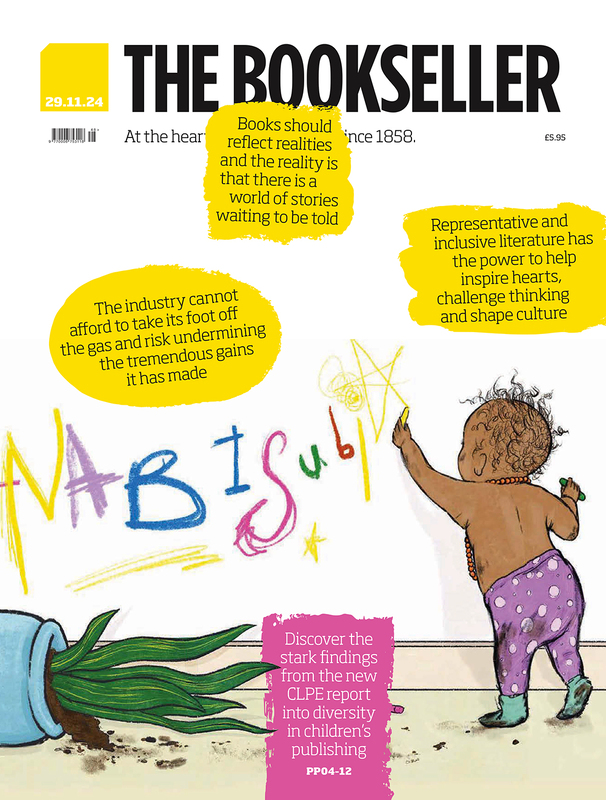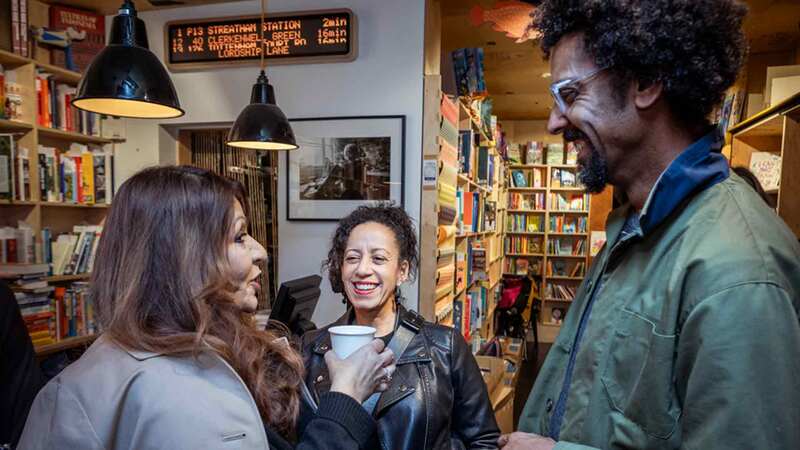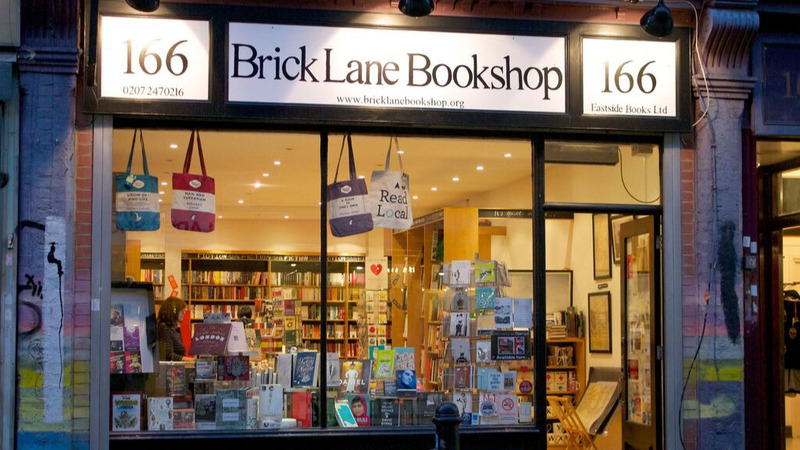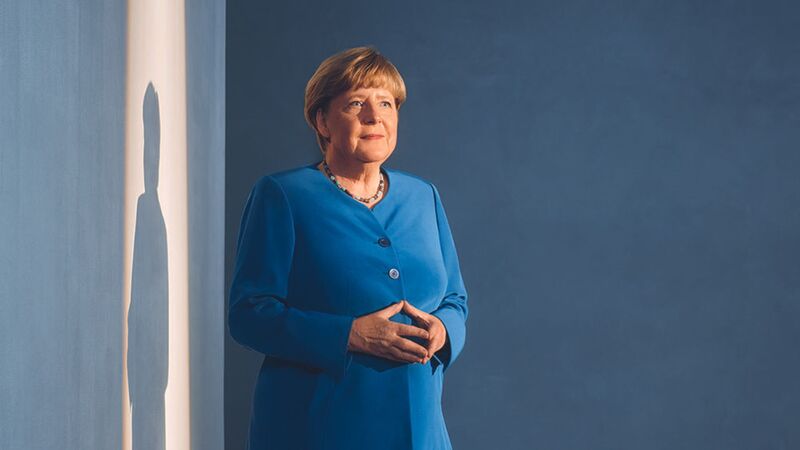You are viewing your 1 free article this month. Login to read more articles.
Bloomsbury launches (Incomplete) Lit in Colour Play List
Bloomsbury has launched its "(Incomplete) Lit in Colour Play List" aiming to introduce new plays that will support schools in creating more inclusive English and Drama curricula.
The Play List is starting with 57 plays from an eventual 172, and will be updated and published annually. They include "The Christ of Coldharbour Lane" by Oladipo Agboluaje, "Gone Too Far!" by Bola Agbaje and "Chewing Gum Dreams" by Michaela Coel. The full list can be found here. The initiative forms part of the wider Lit in Colour campaign by Penguin and The Runnymede Trust founded in 2020. It features one play from each playwright selected, as well as information giving teachers an overview of the synopsis and themes.
The list also includes suggestions of other plays to enable students to dig deeper into a playwright’s work. All plays are suitable for study with secondary school students aged 11 to 18 and include highlighted plays that feature on exam boards’ set text lists.
Curated by Bloomsbury’s Advisory Board, Pooja Ghai, mezze eade and Hannah Khalil, and compiled in collaboration with Faber and Nick Hern Books, the "(Incomplete) Lit in Colour Play List" represents an "agnostic" approach from the three leading play publishers in the UK.
The list was launched at an event hosted by Bloomsbury at the Royal Academy of Dramatic Art (RADA) on 1st November, with graduates from the academy performing excerpts of plays. The Play List advisory board hosted a panel to discuss Lit in Colour. eade told The Bookseller that the list can only feature plays by published writers and highlighted the number of Global Majority playwrights that have not yet been published or have gone out of print. She urged publishers to "bring those plays back and publish the ones that haven’t been published". Khalil added that there is a barrier to publication as playwrights often need to have secured production in order to be published.
Research from Bloomsbury last year set out to understand what teachers and students require in order to study the work of more diverse playwrights, and what might be getting in their way. With the right support and resources, 84% of survey respondents said they would likely choose a new drama text for GCSE English Literature.
Ghai, who is the artistic director at Tamasha and a director and actor, said: “This resource helps bridge the gap between the education and cultural sectors, introducing teachers, students and theatre makers at all levels of their careers to explore playwrights from the Global Majority. There is something here for everyone.”
Margaret Bartley, editorial director of Drama at Bloomsbury, added: “We feel passionately about the importance of drama as a genre of study at KS3, GCSE and A Level as well as in the younger years, so we want to bring our unique focus on drama texts through the Lit in Colour campaign to help move the curriculum forward. There are so many plays to choose from that it is inevitable this list must always be incomplete and must always be updated to provide the best and comprehensive resource for educators.”
Bloomsbury’s research highlighted that under the 2022 curriculum, drama texts by white playwrights accounted for 90% of drama texts taught at GCSE and 96% at A Level English Literature. This contrasts with 93% of teachers who said they would like to see a more ethnically diverse range of writers offered by exam boards. Moreover, of the teachers surveyed, 65% said there was a demand from their students to study more ethnically diverse writers.
This built on research from Penguin and the Runnymede Trust which found that less than 1% of young people study a book by a writer of colour at GCSE.
The publication of this Play List follows on from the annual publication of Penguin Books’ "(Incomplete) Lit in Colour Book Lists", featuring books published by a wide range of authors of colour for primary, secondary and early years.
The Lists are "incomplete" because the campaign believes there can "never be a definitive or exhaustive list of texts by writers of colour".



















